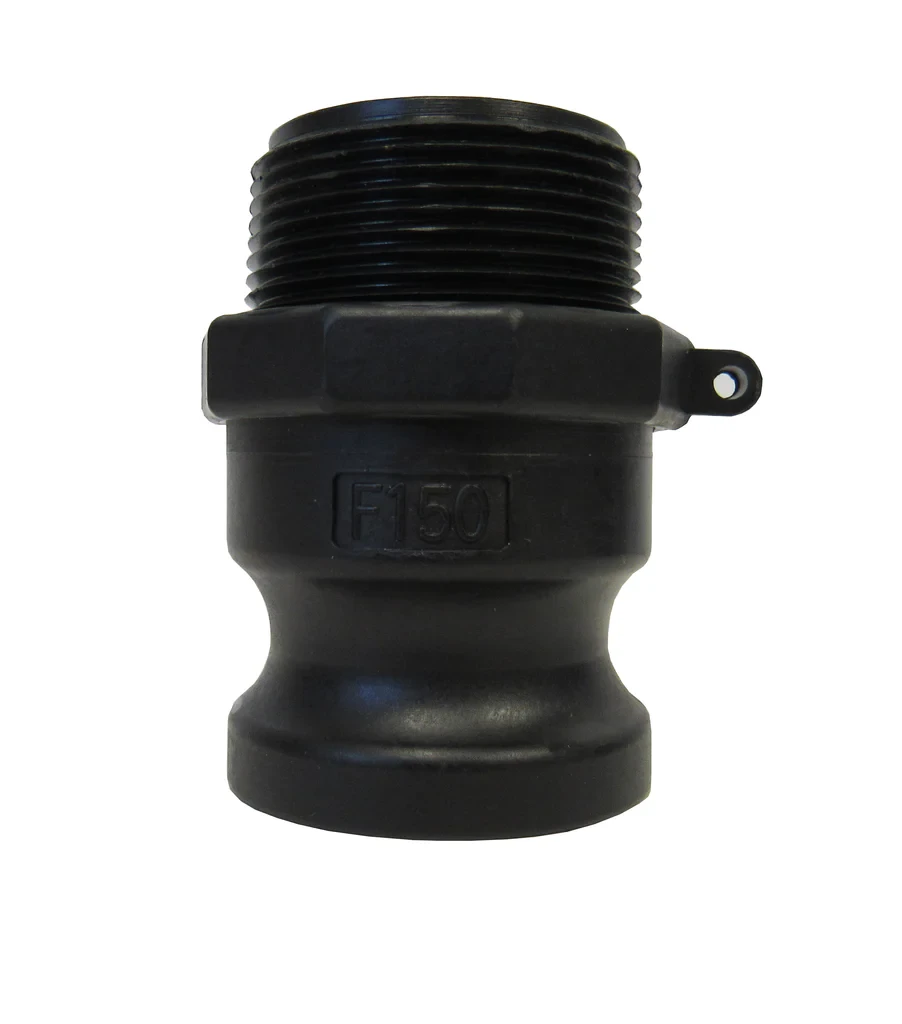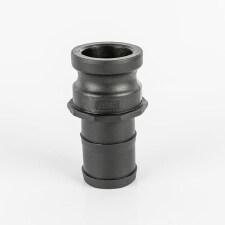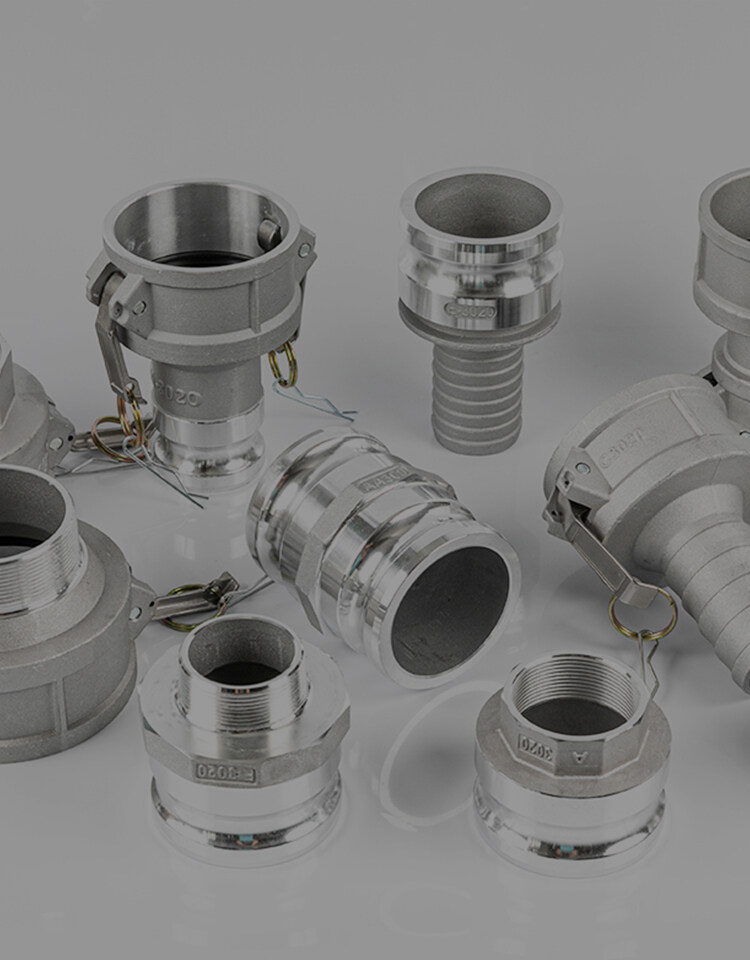Erreur de format d'e-mail
emailCannotEmpty
emailDoesExist
pwdLetterLimtTip
inconsistentPwd
pwdLetterLimtTip
inconsistentPwd

Nouvelles
Ici, vous pouvez décrire un morceau de texte que vous souhaitez exprimer

Maximizing Efficiency with Banjo Polypropylene Camlock Fittings in Fluid Handling Systems
In the world of fluid handling and transfer, the efficiency and reliability of the connection system are paramount. Banjo polypropylene camlock fittings, including the versatile banjo coupler and banjo female coupler, have emerged as a cornerstone in this domain, offering a blend of durability, ease of use, and chemical resistance that is hard to match. These fittings, known for their quick connect and disconnect capabilities, have revolutionized the way industries manage fluids. In this comprehensive guide, we will delve deep into the world of banjo polypropylene camlock fittings, exploring their features, benefits, and the vast array of applications they serve. From the agricultural fields to the chemical processing plants, banjo camlock hose fittings and banjo quick connect couplings have become an indispensable tool for professionals seeking to optimize their operations.
Understanding Banjo Polypropylene Camlock Fittings
Banjo polypropylene camlock fittings are a marvel of modern engineering, designed to facilitate quick and secure connections in fluid transfer systems. These fittings are made from polypropylene, a versatile and robust plastic that offers excellent resistance to a wide range of chemicals, making them ideal for use in industries where corrosive substances are common. The camlock mechanism is ingeniously simple: a male adapter with arms (cams) fits into a female coupler, and the cams are then depressed to lock the fitting in place. This design allows for rapid connection and disconnection without the need for additional tools or extensive labor, streamlining operations and saving valuable time.
Types of Banjo Camlock Fittings
Banjo camlock fittings are designed to cater to a wide range of applications, each requiring a specific type of connection. Here’s a more detailed look at the standard types, A through F:
Type A (Male Adapter x Female Thread): This type of fitting is equipped with a male grooved adapter on one end and a female BSP or NPT thread on the other. It’s commonly used to connect flexible hoses to female-threaded outlets, such as water pumps or tanks.
Type B (Female Coupler x Male Thread): Featuring a female coupler on one end and a male BSP or NPT thread on the other, Type B fittings are typically used to connect equipment with a male-threaded end to a flexible hose. This setup is often seen in industrial and agricultural applications where hoses need to be connected to threaded pipe outlets.
Type C (Female Coupler x Hose Shank): Type C fittings have a female coupler that connects to a male adapter and a hose shank designed to be inserted into a hose. Hose clamps or crimp sleeves are then used to secure the hose onto the shank, creating a tight seal. This type is ideal for applications where hoses need to be quickly connected and disconnected from equipment or piping systems.
Type D (Female Coupler x Female Thread): Similar to Type B, Type D fittings have a female coupler but with a female BSP or NPT thread. They are used to connect a male-threaded pipe directly to a hose with a male adapter end.
Type E (Male Adapter x Hose Shank): Type E fittings consist of a male adapter that connects to a female coupler and a hose shank. They are used to connect a hose directly to a female-threaded outlet or another hose with a female coupler.
Type F (Male Adapter x Male Thread): With a male grooved adapter and a male BSP or NPT thread, Type F fittings are used to connect hoses to female-threaded inlets or equipment. They provide a secure connection that can withstand the demands of high-pressure applications.
Comparing Banjo Polypropylene Camlock Fittings with Other Materials
When it comes to selecting the right material for camlock fittings, polypropylene offers several advantages over metals like brass cam fittings, aluminum, and even stainless steel. Its resistance to chemical corrosion makes it a go-to choice for transferring acids, bases, and other harsh substances. While metals may offer higher temperature and pressure ratings, polypropylene fittings are significantly lighter and more cost-effective, providing a practical solution for many applications. However, it’s crucial to consider the specific requirements of the fluid handling system, such as the operating environment and the nature of the fluids involved, to make an informed decision on the most suitable material.
Applications of Banjo Polypropylene Camlock Fittings
The versatility of banjo polypropylene camlock fittings, including the banjo quick coupler, makes them suitable for a myriad of applications. In the agricultural sector, they are used for irrigation systems, connecting hoses for pesticide and fertilizer application, and managing water supplies. The chemical industry relies on these fittings, such as the banjo hose fitting, for the safe and efficient transfer of chemicals, as their corrosion resistance ensures the integrity of the system. Water treatment plants also benefit from the use of polypropylene camlock fittings, as they provide reliable connections in the filtration and purification processes.
Installation and Maintenance of Banjo Camlock Hose Fittings
Proper installation is key to the performance of banjo camlock hose fittings. The process involves checking the fittings for any signs of damage, ensuring that the gasket is properly seated for a tight seal, and then engaging the cam arms to lock the connection in place. Maintenance is equally important and includes regular inspections for wear, cleaning to prevent the buildup of debris, and replacing any components that show signs of deterioration. By adhering to these practices, the longevity and reliability of the fittings can be significantly enhanced.
Safety Considerations for Banjo Camlock Fittings
Safety is paramount when working with banjo camlock fittings, especially when handling hazardous fluids. Users must ensure that the fittings are correctly engaged and locked before initiating fluid transfer. Wearing appropriate personal protective equipment (PPE) is also essential when dealing with corrosive or hazardous substances. Regular inspections can help identify potential issues before they lead to accidents or spills, maintaining a safe working environment for all involved.
Innovations and Trends in Camlock Fitting Technology
The camlock fitting industry is not static; it’s a field ripe with innovation. Recent advancements include the development of fittings with integrated sensors capable of detecting leaks or misalignment, providing real-time feedback to operators. There’s also a growing emphasis on sustainability, with manufacturers exploring eco-friendly materials and production methods to minimize the environmental impact of their products.
Choosing the Right Banjo Polypropylene Camlock Fittings for Your Needs
Selecting the appropriate banjo polypropylene camlock fittings requires careful consideration of several factors. It’s essential to assess the compatibility of the fittings with the fluids being handled, as well as the pressure and temperature conditions they will be exposed to. Quality and certification are also critical, as they ensure the fittings meet industry standards and perform as expected. Working with reputable manufacturers and suppliers can provide the assurance of high-quality, reliable fittings.
Conclusion: The Role of Banjo Polypropylene Camlock Fittings in Modern Industry
In conclusion, banjo polypropylene camlock fittings play an indispensable role in modern fluid handling systems. Their ease of use, reliability, and chemical resistance make them a preferred choice for many industries. As technology advances, these fittings will continue to evolve, offering even greater efficiency and safety for fluid transfer applications.

